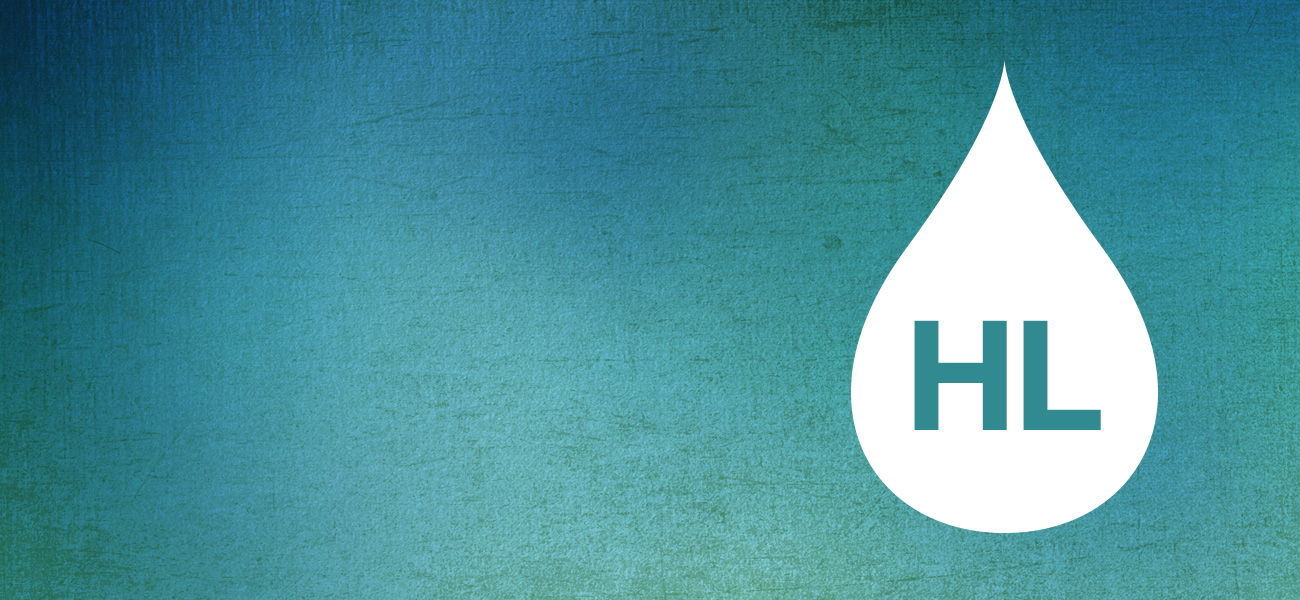Most patients with classical HL are cured by their initial (first-line) treatment. However, in a significant percentage of patients—especially those with advancedstage HL—the disease relapses or is refractory.
Relapse means the disease comes back after a remission following treatment.
Refractory means the disease has not responded to treatment. For these patients, HL is still potentially curable.
Treatment of Relapsed or Refractory Hodgkin Lymphoma
The following are treatments approved for relapsed and refractory Hodgkin lymphoma
- Further chemotherapy is given, such as
- ICE (ifosfamide, carboplatin, etoposide)
- DHAP (dexamethasone, High-dose Ara-C [cytarabine], Platinol [cisplatin])
- ESHAP (etoposide, methylprednisolone, high-dose cytarabine, cisplatin)
- IGEV (ifosfamide, gemcitabine, vinorelbine)
- GDP (gemcitabine, dexamethasone, Platinol [cisplatin])
- GVD (gemcitabine, vinorelbine, liposomal doxorubicin)
- Brentuximab vedotin (Adcetris, either alone or in combination with chemotherapy or other agents)
- Stem cell transplantation
- Nivolumab (Opdivo®)
- Pembrolizumab (Keytruda®)
 For information about the drugs listed on this page, visit Drug Listings.
For information about the drugs listed on this page, visit Drug Listings.
Related Links
- For information about the drugs mentioned on this page, visit Drug Listings.
- Stem Cell Transplantation
- Chemotherapy and other Drug Therapies
- Download or order The Leukemia & Lymphoma Society's free booklet, Hodgkin Lymphoma.

